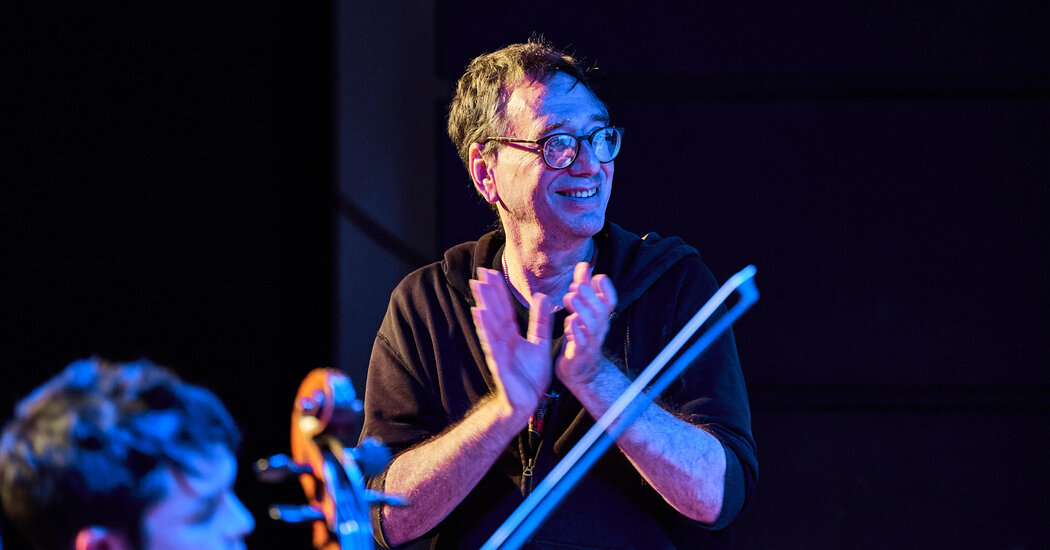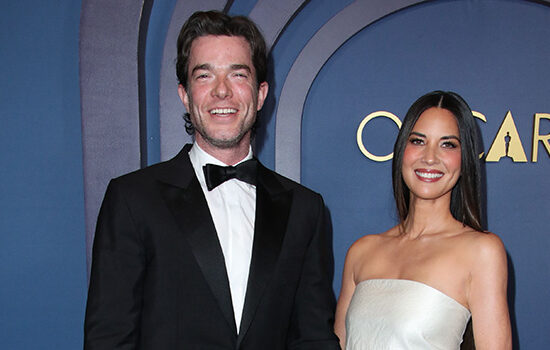
In that work, listeners were offered short, droning chords, as well as polyphonic ensemble passages of whipsawing extended technique. But players within the quintet also diverged to present deliriously contrasting material: At one such juncture, while two parts held down a static pattern with a parched, brittle approach to sound production, the violinist Christopher Otto launched into sumptuously singing parlando.
At the end of the concert, the violist Yura Lee joined the JACK players and Nicolas to create a sextet for — deep breath — “Prolegomena to Any Future Metaphysics That Will Be Able to Present Itself as a Science.” At over 20 packed minutes, this struck me as one of the loveliest and most widely ranging chamber music pieces in Zorn’s considerable catalog.
In addition to moments of chromatic density, the work welcomed gently strummed early music melody into its soundscape. At another point, both cellists bowed doleful yet gorgeous patterns near the top of the necks of their instruments, close to the tuning pegs, collaborating on a slightly sour intonation that seemed in line with medieval tunings. Given this range, “Prolegomena” shares something with recent Zorn string quartets, like “The Alchemist,” which JACK has recorded with his other quartets (for a planned release on Tzadik in 2024).
In between the quintet and sextet came Zorn’s adaptation of “The Gas Heart.” This was Zorn in absurdist-opera mode. Here, the JACK cellist Jay Campbell and Nichols joined two percussionists — Sae Hashimoto and Ches Smith — to form the cast. Smith provided expertly swinging rhythms at a traditional kit, but also slurped water and appeared to be operating a device that played back giddy laughter; when not playing vibraphone or other pitched percussion, Hashimoto could be seen torturing a pillow with a long whip or sawing a wooden board.
The cello music — often smartly, subtly amplified — was sometimes grim and gravely, and produced by bowing below the bridge. But there were also delicate moments for the strings, often positioned in contrast to some of the wildness of the percussionists. This was all funny, as intended. Every bar, though, seemed as carefully deliberate as in the more obviously “profound” string music of “Prolegomena.”
And here may be a secret of Zorn’s longevity: A piece may tend comic or grave, but every moment is intensely felt.













